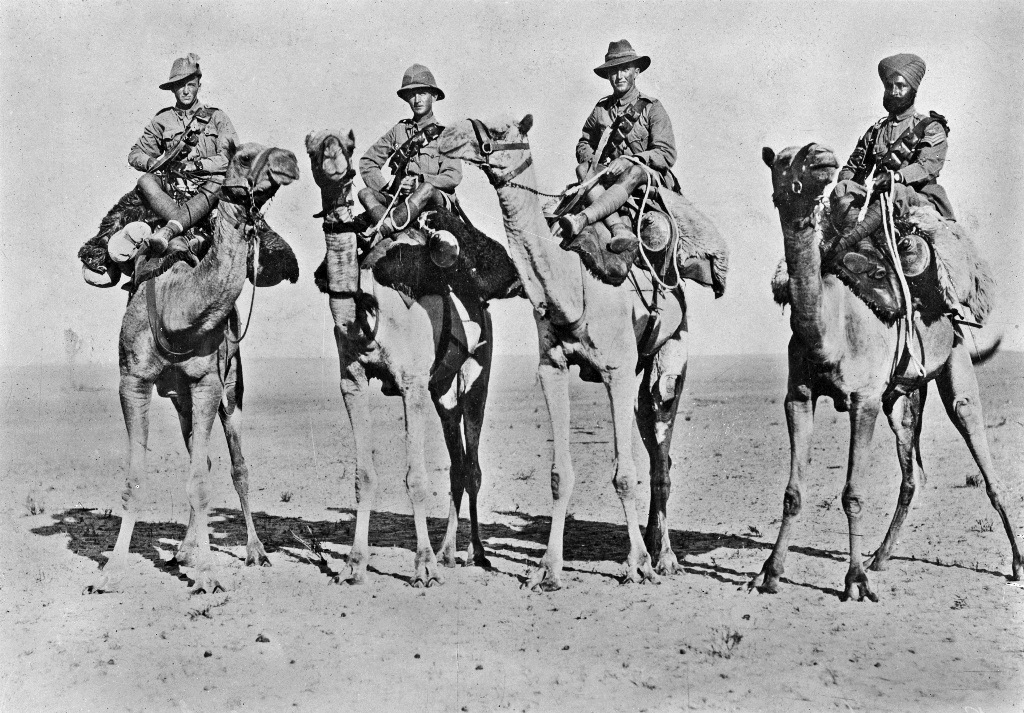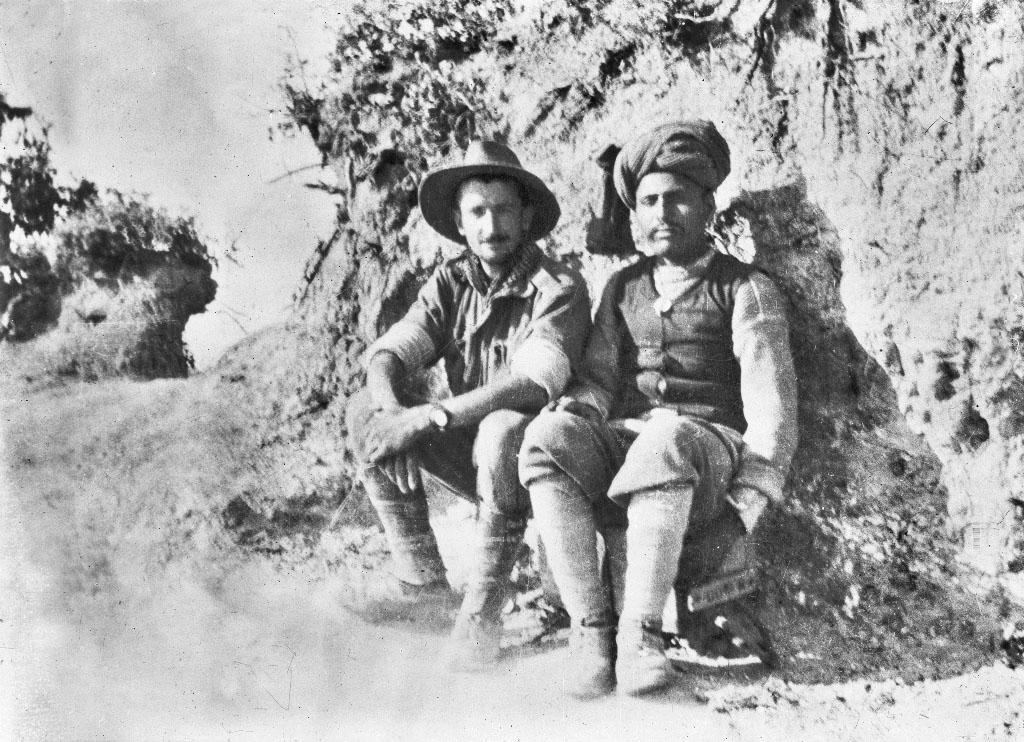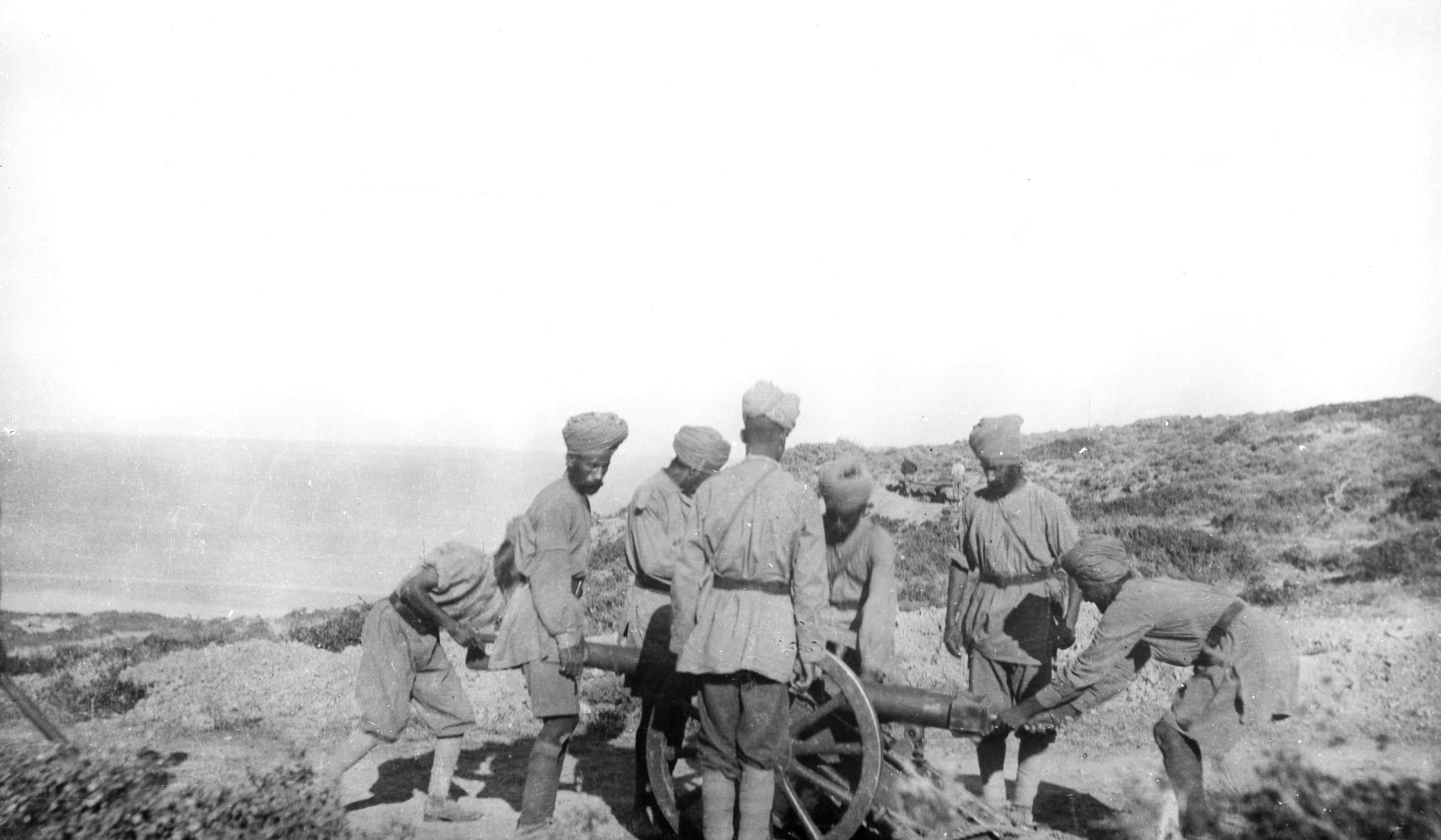Months into the First World War, it was clear that this was no domino scuffle of European states with one another. The Ottoman Empire had entered a secret treaty with the Germans as early as August 1914. While the war had stagnated in trenches that barely moved along the western front, other theatres of war saw more action. The Gallipoli campaign was among the bloodier ones.
Australia has since celebrated Anzac Day on April 25 each year as one of the foundational events of its national identity. What is remembered less frequently is that there was also a significant number of Indians from Gurkha and Sikh regiments in that eight-month campaign, with estimates varying between 5,000 and 15,000.
Two photograph exhibitions at the Australian High Commission in New Delhi, curated by Australian war historian Peter Stanley and retired Squadron Leader Rana Chhina, have attempted to change that.
One part of the exhibition, Camera on Gallipoli, is sourced from a collection of candid photographs taken by Australian photographer and surgeon Charles Ryan. Variations of this have been exhibited in Canada and Australia to mark the centenary of Anzac Day. The second exhibition, Indians and Anzacs, has images from archives in Australia, India and New Zealand.
“[It] is not often realised that India too had a significant military presence at Gallipoli,” said Chhina. “We are delighted that in this centenary year, the valour and sacrifice of those Indian soldiers who fought and died in the Dardanelles campaign is finally being remembered and given due acknowledgement.”
Here is a sample of the exhibition which recently concluded at the Australian High Commission in Delhi.

Australian, British, New Zealand and Indian cameliers who fought alongside the Australian Light Horse in the Desert Mounted Corps in Palestine, 1917-'18.

An Indian soldier with an Anzac serviceman on Gallipoli. Both are unidentified, but the photograph is testimony to a shared comradeship in battle, now lost to time.

Six unidentified Indian orderlies and five Australian staff of a hospital train that ran between Ismailia, near the Suez Canal, and Heliopolis, near Cairo, 1916.

Two unidentified Gurkhas with frostbitten feet receive medical attention while four unidentified soldiers look on, Gallipoli, December 1915

Gunners from the 7th Indian Mountain Artillery Brigade with one of their guns, which was used to support the Australian and New Zealand troops on the Gallipoli Peninsula. The guns of the brigade were the first on shore at Anzac Cove on April 25, 1915; from then on they won, and kept, the admiration of the infantry.










